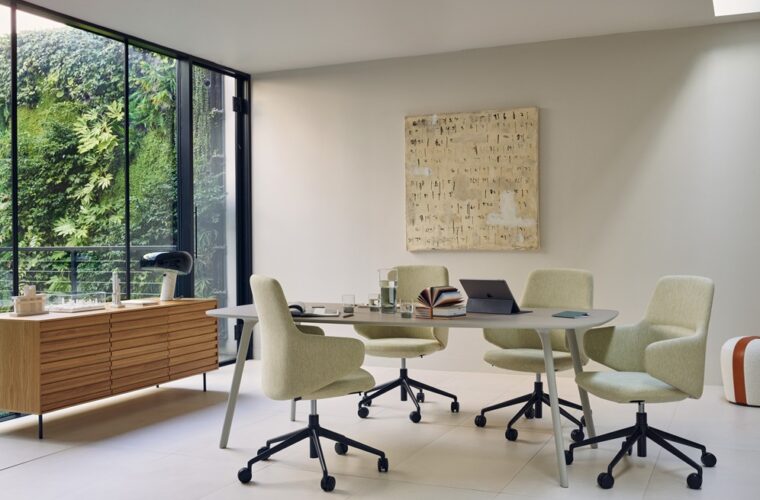Wood: The sustainable material in the built environment.
Text: Ar. Sumit Dhawan, Founder and Principal Architect, Cityspace’82 Architects, Gurugram
As sustainability is now a major global concern, architects and engineers are now concerned about the environmental damage caused by the construction industry. This has fuelled the incentive to develop eco-friendly techniques and materials. Wood is a versatile organic material and a renewable resource with multiple ecological benefits. It is hard, durable, and elegant and uses minimal energy using manufacturing. Due to its colour, fragrance, grain and veining, it adds texture to any space. Also, it doesn’t rust and can be preserved.
Unlike most building materials, natural wood is renewable. It is processed and reproduced in the forests, and trees absorb carbon dioxide during photosynthesis to lower the wood’s carbon footprint. Such solutions ensure recycling, reusing and reducing waste to make environmentally-friendly products. It comes with excellent sound absorption properties, thermal insulation, and an electrical insulator and saves energy consumption.
One must choose the right type of wood for the project, and preservation techniques include drying, coating and other protective strategies. Coatings prevent moisture absorption and damage along with reducing shrinkage and swelling. They protect wooden indoor and outdoor installations against UV radiation and can be treated with fungicides. Wood is dried in a kiln to prevent fungi and insects while removing moisture. Preservatives are used when the wood is frequently exposed to liquids, insects and weather.














